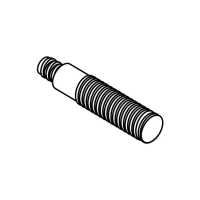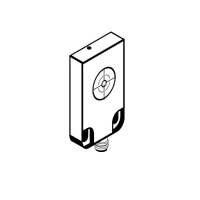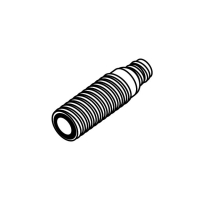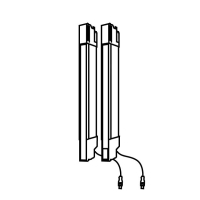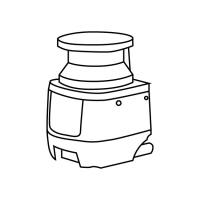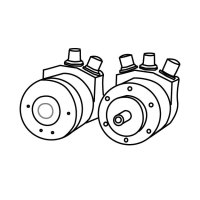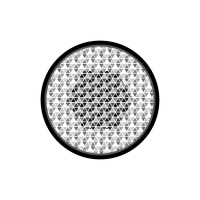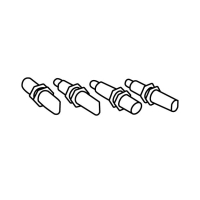
Photoelectric Sensors
A photoelectric sensor is formed by an element that emits light radiations which, directly or indirectly, reach the receiver .The level of the light signal is converted into an electrical signal amplified and elaborated to drive the output state of the sensor. A variation of the received light radiations indicates the presence or the absence of the target, or its variation in terms of: color, position, reflection. The light radiation can be visible emission or outside the visible band and it is usually modulated (emission and reception under impulsive).
Watch the products
